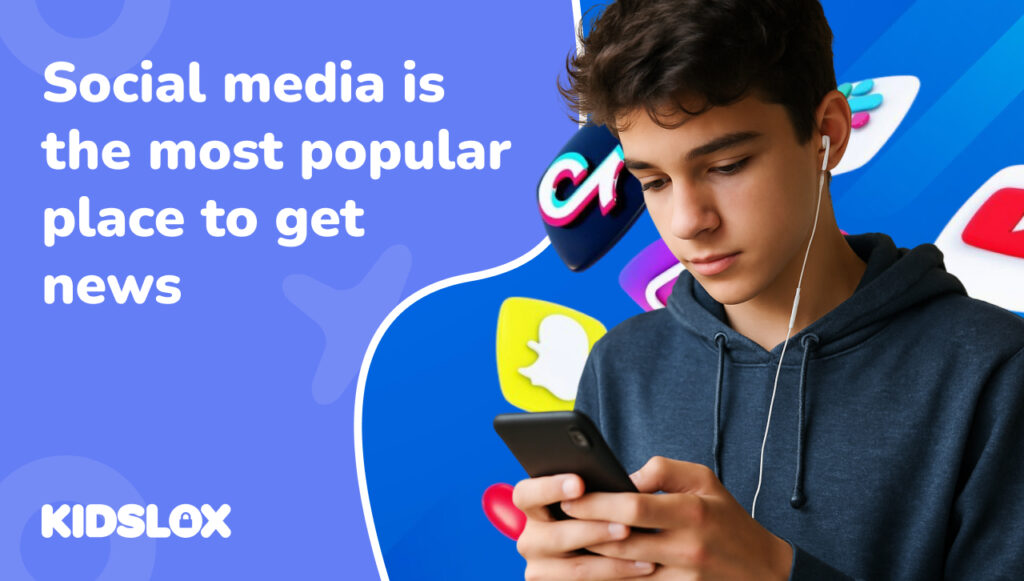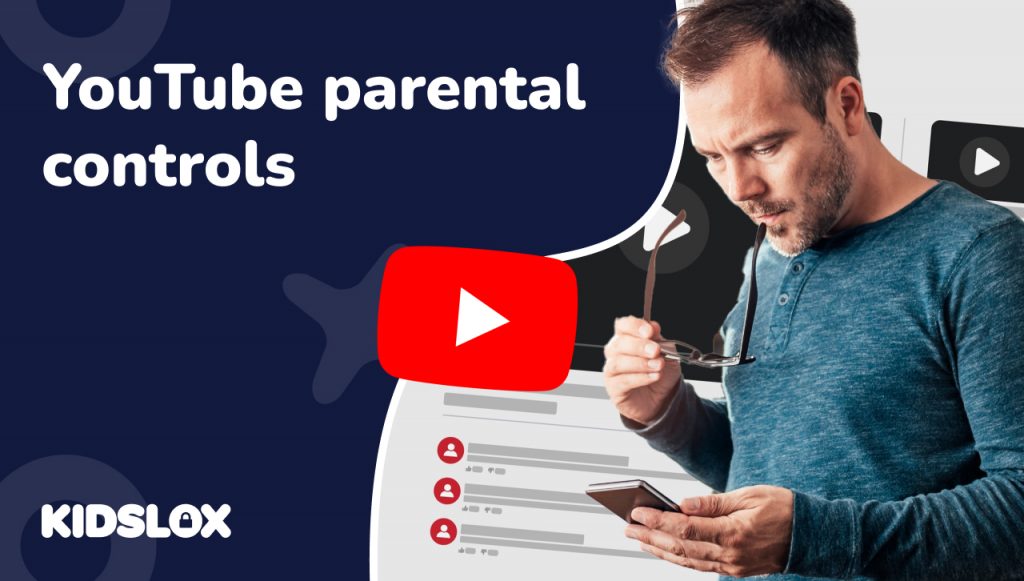Why Your Kids Get Their News from TikTok (and What You Can Do About It)
If you ask your child where they heard about the latest big event—whether it’s a celebrity breakup, political scandal, or natural disaster—chances are their answer isn’t CNN, BBC, or even a newspaper. It’s TikTok. Or maybe Instagram. Or YouTube.
Social media news today isn’t just a trend—it’s the new normal. From breaking headlines to viral opinions, today’s younger generation is more likely to scroll than switch on the news. But as convenient as that may be, there are downsides—especially when it comes to misinformation, emotional impact, and critical thinking.
So what’s really going on with news and social media? And how can you, as a parent, help your child make sense of the world through their screen?
Why Social Media is Now the Main Source of News
There’s no denying it: platforms like TikTok, Instagram, and X (formerly Twitter) have taken over as news hubs for millions of people—especially teens. According to recent news on social media statistics, more than HALF of us now get most of their news from social apps instead of traditional media like newspapers, TV, or radio.
And it’s easy to see why. On social media:
- News is instant. Breaking stories appear as they happen.
- News is visual. Short-form video makes complex topics feel digestible.
- News is personal. Algorithms serve up stories that match your interests.
Whether it’s trending news on social media today TikTok, a viral post about a war zone, or a reaction video to the latest policy debate, your child is likely seeing it in real time—and often without context.
What’s Trending Isn’t Always True
Here’s where the problems begin.
While trending news on social media may feel timely and engaging, it’s not always accurate. In fact, one of the most serious issues parents face is the spread of fake news on social media.
Because anyone can post content online, it’s easy for misinformation—or even deliberate lies—to spread far and wide. And since posts are often shared by peers or influencers, kids may assume they’re reliable when they’re not.
Worse still, news articles on social media are often presented without proper sources or context. A flashy headline or emotionally charged video might go viral, even if it’s completely false or misleading. And, as AI gets more sophisticated, the content that goes alongside the news can be hard to distinguish from real life.
The result? Young people may base their understanding of major issues—climate change, elections, war, health—on skewed or incorrect information.
Social Media and Emotional Impact
It’s not just accuracy that’s at stake. It’s mental health, too.
Constant exposure to bad news—especially through unfiltered content—can leave kids feeling anxious, overwhelmed, or even desensitized. Imagine scrolling through your feed and seeing footage of disasters, political outrage, or violence every day.
The emotional toll of social media recent news is real. And for teens who haven’t yet developed the tools to manage these emotions, the impact can be significant.
That’s why it’s essential to talk about the effects of current events and social media exposure. Ask your child how the news makes them feel. Do they feel helpless, angry, confused? Starting that conversation is the first step in helping them understand that the world online isn’t always what they think.
Pros and Cons: News on Social Media
Like most digital trends, news on social media has both upsides and downsides.
Pros:
- It’s fast and accessible. Kids can get updates in real time.
- It’s engaging. Visual formats make news more relatable.
- It creates awareness. Global issues reach more people.
- It encourages participation. Youth may become more socially and politically active.
Cons:
- It’s often biased or unverified. News stories on social media may lack balance or facts.
- It can be emotionally overwhelming. Too much exposure to breaking news on social media can harm mental health.
- It’s algorithm-driven. Feeds prioritize engagement, not truth or importance.
- It spreads misinformation quickly. Fake news on social media travels faster than real news.
As parents, recognizing both sides of this shift helps us guide our kids with empathy—not panic.
What Kind of News Are Kids Seeing?
Here are some examples of what young people are exposed to through social media news live feeds:
- Social media current event footage from conflict zones, protests, or political rallies.
- Viral takes on social issues, often with a heavy bias or missing facts.
- New social media news stories about the platforms themselves—like privacy updates, censorship debates, or algorithm changes.
- Debates about screen time, content moderation, and news about social media issues in general.
In other words, it’s a mix of news about the world and news about the platforms themselves—something younger users may not distinguish clearly.
Tips for Parents: Helping Kids Navigate the News
Here’s how to support your child in a world dominated by trending social media news:
- Talk About the Source.
Teach your child to ask: “Where did this come from?” Is it a reputable news organization, or someone’s personal opinion? Show them how to cross-check stories from multiple sources. - Discuss the Algorithms.
Explain that social media platforms show them what gets the most clicks—not necessarily what’s most important or true. This helps kids become more critical of the news article social media feeds them. - Encourage a Healthy Mix.
Balance their feed by following educational and trusted news accounts. Add podcasts, newsletters, or even traditional newspapers into the mix. - Set Limits and Use Tools.
Too much news can be just as harmful as too little. Use parental control tools like Kidslox to manage screen time and app access, especially around sensitive or violent social media current events. - Create Space to Reflect.
Ask open-ended questions: What did you see today? How did it make you feel? What do you think about it? These conversations build media literacy and emotional resilience.
Social Media and the Future of News
The reality is, current events on social media aren’t going anywhere. Platforms will continue to evolve, and the way kids access news will keep changing.
By staying curious, open, and involved, you can help your child develop the tools they need to navigate a world where news on social media pros and cons are constantly in flux.
So the next time you hear about trending news social media-style—don’t dismiss it. Join the conversation. Explore the topic together. And help your child become not just a consumer of news, but a thinker, a questioner, and an informed citizen.





